Review for Nisekoi: False Love Season 1 Part 1
Introduction
I didn’t think I’d watch Nisekoi; in fact, I wasn’t sure I really wanted to. Certainly I wasn’t that way inclined when check discs were up for review. This is after all, one of those shows that were on the short-lived and utterly infuriating Anime on Demand streaming site. The discs come from my least favourite distributor, Kazé, and what episodes I did watch of the show put me in mind of a poor man’s Toradora. But on the other hand, all four volumes of Nisekoi did show up in a clearance sale for a genuine bargain price. Since I’m now reviewing volume 1, you don’t need to guess which side of the argument won. It’s just a bonus that in the end, the usual bad noise about Kazé transfers didn’t appear to apply in the few reviews I eventually read of Nisekoi. But it turns out that clearance sales can have a snag or two also.
Raku Ichijo wears a locket around his neck which has a lock in it. When he was a little boy, he made a promise to marry a girl he spent time with, and who has the key to that locket. But in the intervening years he’s forgotten her name, and what she looked like. Not that he’s completely hung up on his dream girl, as now he’s sweet on Kosaki Onodera, a girl at his high school.
That sounds like the start of a sweet romantic comedy, but this time it’s not quite as sweet. Raku is heir to a yakuza group, which makes him somewhat unapproachable to begin with. And now the group is having trouble with a gang that’s moved into the area. And there is a new girl transferring into school, a half American girl named Chitoge Kirisaki with an obnoxious disposition and who rubs Raku the wrong way. And it turns out that she’s heiress to the gang that the yakuza group are about to go to war with. The final straw is that to keep the peace between the two groups, the yakuza leader and the gang leader have arranged a match. Raku’s dad and Chitoge’s dad have decided that their kids will have to be in love, a false love if need be.
The first ten episodes of season 1 of Nisekoi are presented on this Blu-ray disc from Kazé,
1. The Promise
2. Encounter
3. Two of a Kind
4. The Visit
5. Swimming
6. Borrowing and Lending
7. Rival
8. Happiness
9. Hot Springs
10. Lottery
Picture
Nisekoi gets a 1.78:1 widescreen transfer on this disc, which despite the high episode count comes across really quite well. The detail levels are good, bringing the animation across with clarity and strong colour. There is no visible compression, and I didn’t spot any digital banding. This is all to the good, as Nisekoi is a Studio SHAFT show, visually intensive, imaginative and quirky. It’s not quite the full Monogatari; director Akiyuki Simbo manages to restrain his usual over-the-shoulder excesses, but it has enough in the way of little visual foibles to make it feel quite unique.
Sound
You have the choice between Japanese PCM 2.0 Stereo with either English or French subtitles locked during playback, or PCM 2.0 French audio with locked French signs. The audio is fine, clear and without glitches. The actors are well suited to their characters, and for many, the presence of Kana Hanazawa as Onodera will be a draw. The action is presented well, and the music really suits the show. The subtitles are Kazé’s usual thin white font, easy to lose against busy backgrounds, but they are not too bad for a Kazé release. There is the odd mistimed caption, single word captions tend to blink past, and not every instance of on-screen text is translated, but this time you don’t feel like you miss anything, other than lyric translations for the theme songs.
Extras
You get the disc in a thin Amaray with clean sleeve art. The release saves the blurb for the o-card slipover which also gets different character art on the front. Alongside the disc, you also get 6 art-cards for the show.
You have the choice between French and English menus when you insert the disc. The French menu autoplays trailers for KZTV and the Nisekoi manga. The English boots straight to the menu.
From the animated menu, you can access the audio settings, the numerical episode listing, and extras in the form of one textless opening and four textless closings.
The annoying thing about clearance sales, is that you can’t quibble too much about what you get. I got all four instalments of Nisekoi in one package, which was nice. It’s just that I only got three of the four o-card slipcovers. The OCD demon strikes again!
Conclusion
Nisekoi is very good at what it does, delivering an entertaining romantic comedy anime, with interesting and likeable characters, an engaging story, and a lively pace. The only problem is that we’ve seen it all before. Nisekoi is mercenary in its lifting of the best aspects of shows like Love Hina, Toradora, even My Bride is a Mermaid and half a hundred other romantic harem comedies. There’s one moment in episode 9 that feels like a beat-for-beat remake of a scene from Ai Yori Aoshi. Not that this sort of lifting and aggressive homage need be bad. You can take the best of everything as long as you make something that transcends everything else, be the best of the best. Nisekoi on the other hand is just very good, fun to watch, but constantly reminding you of that one series that did that particular moment better or just did it first.
If there is one thing that Nisekoi does differently is that it has an ambiguity about where its characters will end up. Most harem comedies have the main character surrounded by a harem of potential significant others, but the story usually sets out quite early which couple to root for. Not in Nisekoi, where you actually aren’t sure who Raku will end up with, or even who he should end up with, so likeable, yet so well-defined the potential love interests around him are.
Another thing that makes Nisekoi stand out is its visual aesthetic, which with Akiyuki Simbo at the helm, but with his usual quirky style toned down and restrained makes for an animation style which is unique and memorable, but never distracting from the story or the characters. It’s to be expected in something like the Monogatari series, but if you recall how Simbo’s take on Negima!? turned out, you’ll know how detrimental it can be to its subject matter if taken to extremes. Here the character designs are traditionally appealing, the animation a little more conventional, but with a visual flourish that enhances the show.
Still, a romantic comedy set in high school. I could let my fingers type on autopilot and come up with a generic but fitting review. It all begins with a lie, with the initially antagonistic Raku and Chitoge thrown together by circumstance, forced to be a couple to keep their respective family criminal organisations from going to war. The problem for Raku is that he’s sweet on another girl in class, Kosaki Onodera, unbelievably cute compared to Chitoge the firebrand. Only now Onodera, who is also sweet on Raku, believes that he’s unattainable; yet to keep the peace, Raku has to continue the lie.
Chitoge on the other hand has problems of her own, in the form of an overprotective bodyguard named Claude who is suspicious of this new relationship, and is constantly trying to trip Raku and Chitoge up, so he can deliver a suitable punishment to the upstart who has ‘stolen’ the apple of his eye. Later in the series, he sends his protégé hit man Tsugumi into school to keep a closer eye on the couple. It turns out that Tsugumi is a cute girl disguised as a boy, and so the potential harem choice for Raku grows.
The final pitfall on the road to romance is the promise, or rather the promises. Raku remembers making a promise to marry a girl ten years previously, when he was five. She gave him a locket with a keyhole, and kept the key; a Cinderella situation for sure. While his memories are fading, he still ponders on that girl. It turns out that ten years previously, Onodera made a promise with a mystery boy, and she has a key on a chain round her neck. And when Raku learns about the key... Only ten years previously Chitoge made a promise with a boy who saved her, and she has a key too, and ten years previously Tsugumi made a promise... Basically everyone made promises ten years previously. A little far-fetched to be sure, but it keeps the story interesting.
In execution, the show plays out like a typical harem rom-com, after kicking off with a different, organised crime tack. Transfer student and outsider has problems making friends at school, so when Raku (terminally nice boy) helps her, he learns that this brutally violent girl has a soft side, a side he keeps seeing the more time he spends with her. With Onodera’s friend Ruri supporting her in her love for Raku, a study group takes place at Raku’s home, only somehow Raku and Chitoge get locked in a storeroom. Chitoge’s scared of the dark, so that’s cute point two checked.
Attempt one failed, Ruri tries getting Raku to teach Onodera how to swim, which is a chance for him to take a closer look at Onodera’s key, and so on and so forth with the usual high school romance shenanigans, as people get close to confessing, only to be interrupted at the most crucial moment. The collection ends on the traditional school trip, which over two episodes delivers the hot springs moment lifted from Ai Yori Aoshi, and the well-worn test of courage trope.
You’ll have seen it all before, but not too many shows out there do it as consistently well as Nisekoi. On the other hand, Nisekoi never matches the best moments that those other shows can offer. And it’s still not as good as Toradora.

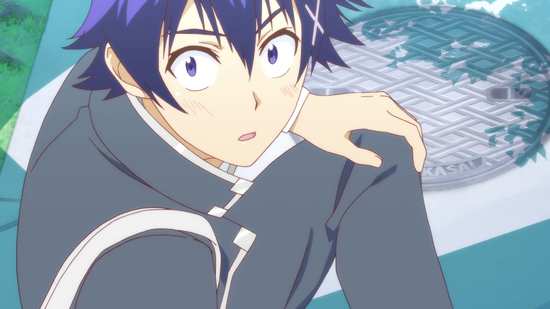
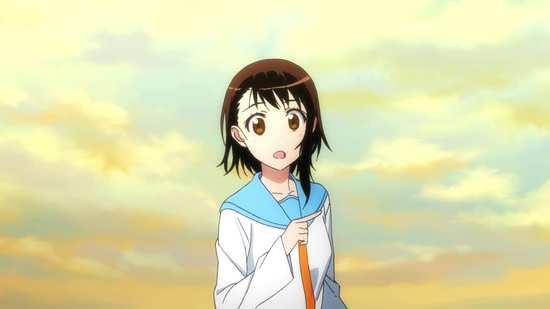

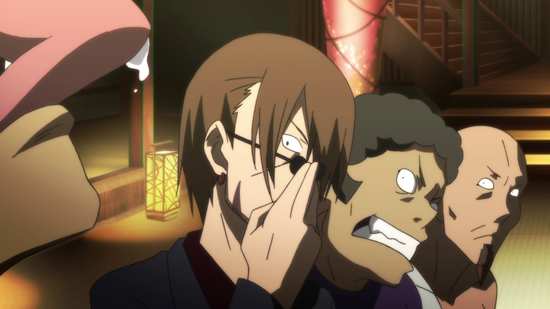

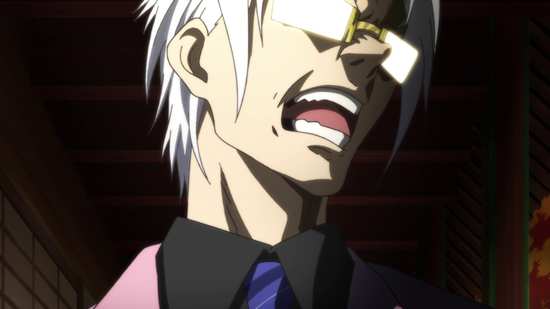
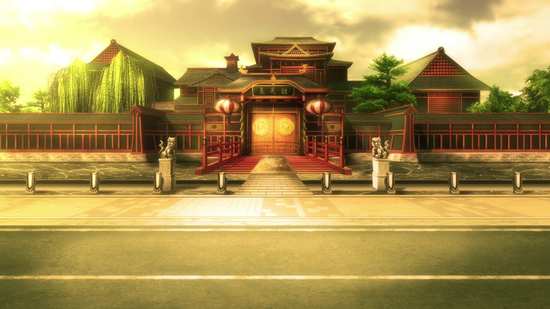
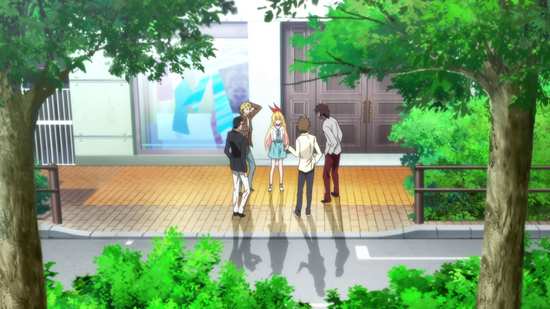
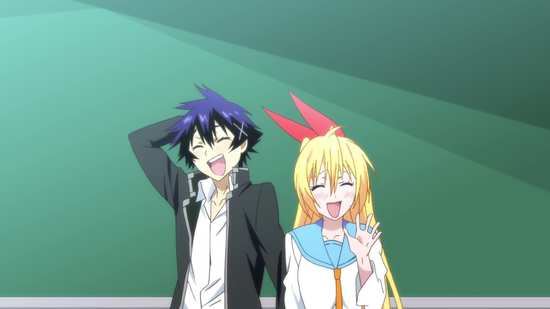
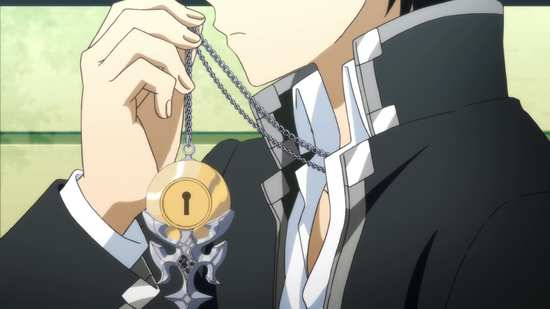
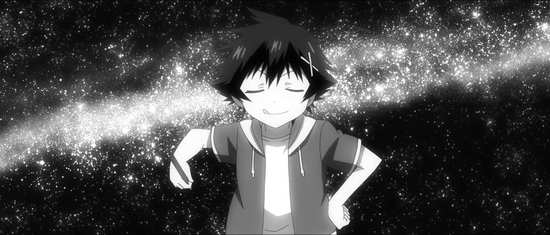
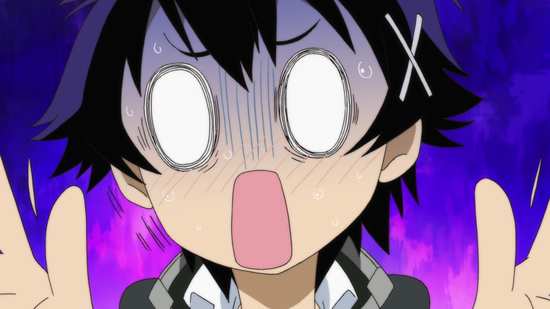
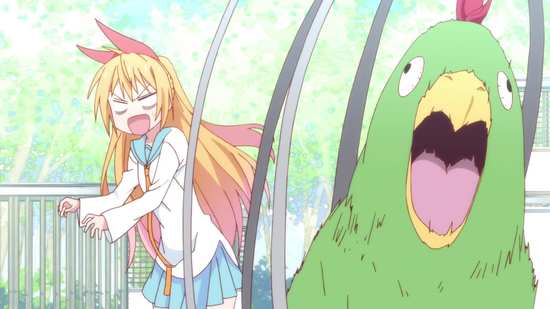
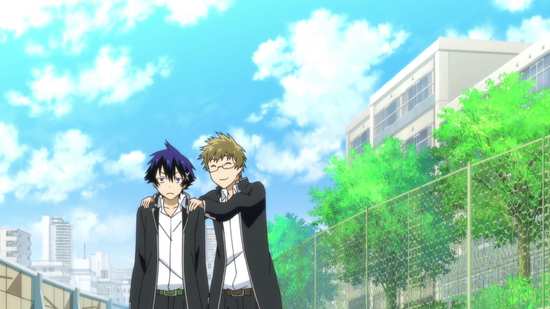
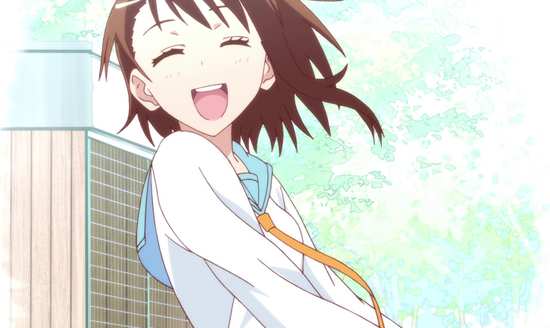
Your Opinions and Comments
Be the first to post a comment!